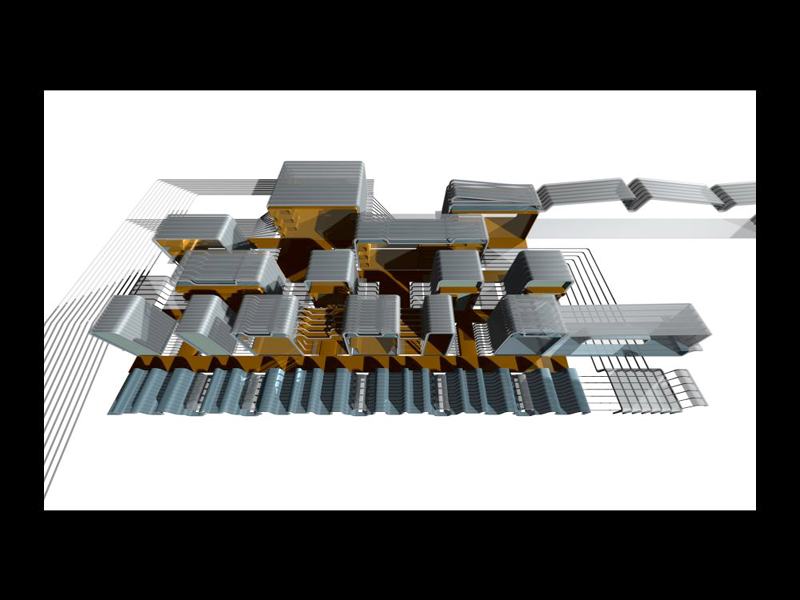
11. Purpose and Radical Uselessness
These relationships, their differences and adaptability have led me to my current position on purpose in architecture. Systems that perform some generative act of organization in a binary environment such as computing or architecture will yield coded mixtures of categories and the opposites of those categories. For example, generating an inside will also generate an outside. And generating something with purpose also generates something without purpose. This is crucial for the establishment of a rule-based freedom for architecture to be both useful and useless, to function as well as exercise itself as a medium, and to support a kind of radical uselessness. Radical uselessness is a purposelessness that emerges out of the same rules that produce purposefulness itself.